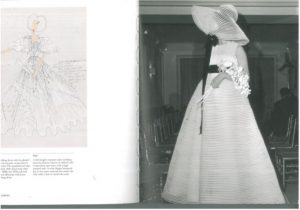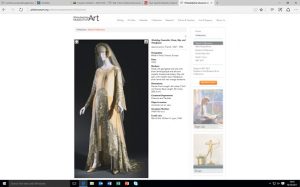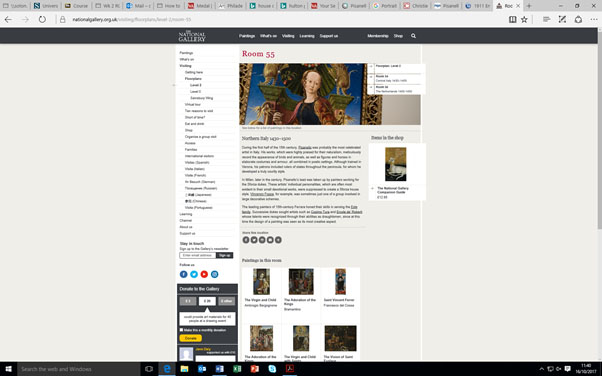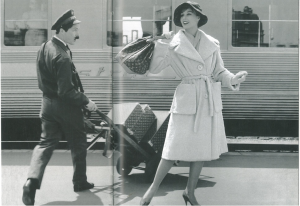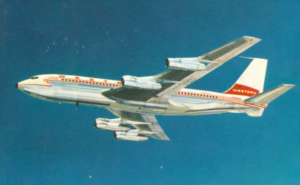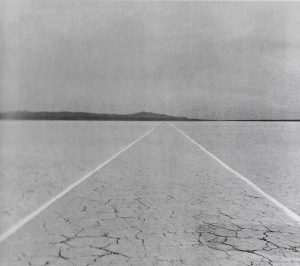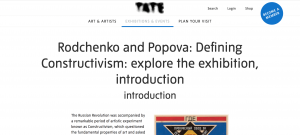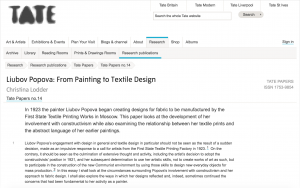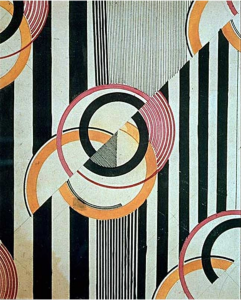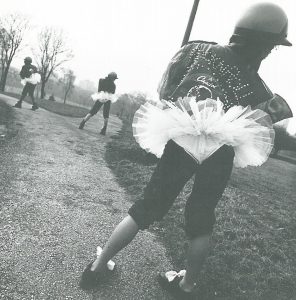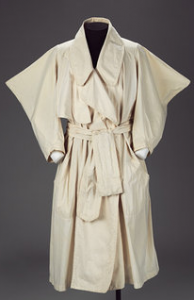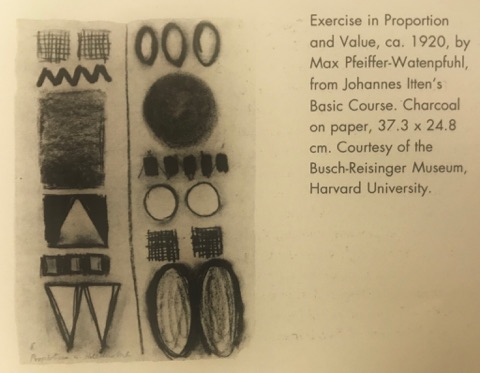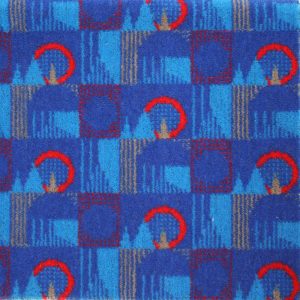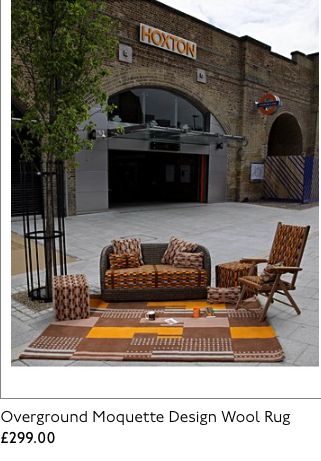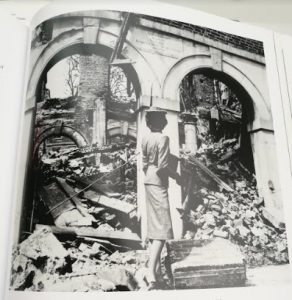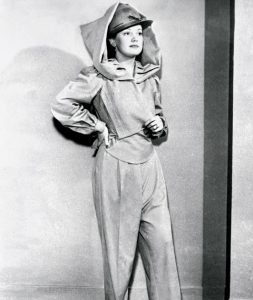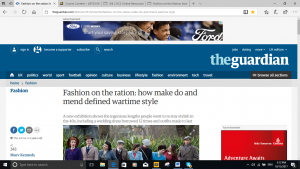I started off by searching through the Textile View magazine and came across a history trend where designers have been influenced by different eras. In this issue it showed how designers developed their Christmas and party collection by turning to Elizabethan through Baroque and Victorian eras. The key colours during these times were quite dark dull colours therefore the colours schemes of their collections were ‘severe monastic palette of black, winter white and anthracite with a dramatic accent of vermillion red’. Their collections involved fabrics like mixed lace and sheer fabric that were ‘toughened up and contrasted by luxe wool’ along with leather. To pull off the Elizabethan and Victorian style fashion the garments had maxi-coats that would just reach the floor and maxi-shirts, matched with ruffled, high-neck blouses.
Textile View summer 2011/issue 94
https://www.wonderlandmagazine.com/2015/03/13/pfw-alexander-mcqueen-aw15/
One of the garments from the Alexander McQueen collection used in the article pulled my attention so I researched it further.
In this article it explained that the collection ‘Gothic Romanticism’ was ‘bringing romance back’ with pastel petal dresses. ‘This collection the use of gothic silhouettes and the Victorian style hair made it easy to understand where the inspiration came from. The collection uses juxtaposition by combining transparent night gowns and petal dresses harmonising ‘gothic silhouettes against romanticised femininity’.
The Victorian hairstyle was used to compliment the Victorian look and the high necklines that were ‘constrained yet conservative’ in order to refer to the upcoming V&A exhibition ‘Alexander McQueen; Savage Beauty’. In particular, a white keyhole dress constructed with a black fenced belt with a high frilled collar to introduce the conservative against liberal design that Burton is so skilled at doing.
For this season much, softer pastel pink was introduced to combine delicate textures against the harsh black lines of detail and the harder surfaces. In order to give the look more of a gothic edge the designer the contrasting black tones to reach its way up to the sheer blouse to create this ‘Gothic Romanticism’ vibe.
To go a little further, I research the ‘Savage Beauty’ exhibition held at the V&A. It explains that McQueen was ‘particularly inspired by the nineteenth century especially on the Victorian Gothic’. McQueen presents the ‘shadowy fancies’ that are written about in ‘The Fall of the House of Usher(1839)’. McQueen collections often refer to ‘paradoxical relationships…life and death, lightness and darkness, melancholy and beauty’ just like the Victorian Gothic that combines both horror and romance.

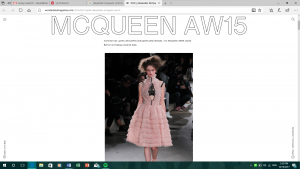
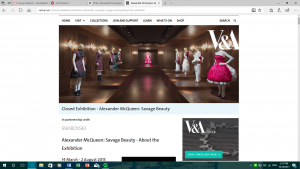
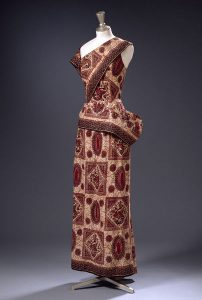

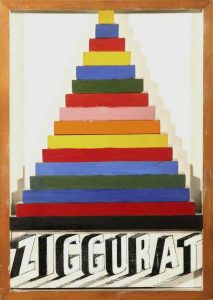
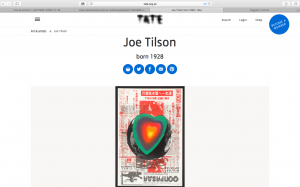
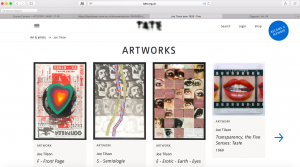

![Photo of dog Skin infiltrated by cancer. James E. Hayden in 2003 [1]](http://blog.soton.ac.uk/rcs/files/2017/10/Screen-Shot-2017-10-18-at-14.01.22-223x300.png)
![Photo of Tiger shark skin from cracked.com 2017. [2]](http://blog.soton.ac.uk/rcs/files/2017/10/Screen-Shot-2017-10-18-at-14.00.12-300x235.png)
![The printed replica of 3D printed denticles from BBC News 2017. [3]](http://blog.soton.ac.uk/rcs/files/2017/10/Screen-Shot-2017-10-18-at-14.02.22-300x168.png)
![Sharkskin weave pattern diagram from Seth Winner blog 2011 [4]](http://blog.soton.ac.uk/rcs/files/2017/10/Screen-Shot-2017-10-18-at-14.03.15-300x263.png)
